Recently acquired by us here at Bridge Classic Cars with the intention of carrying out a full and well deserved restoration.
Our car features in the Riley Motors V Twins article
Source: Riley Motors
“Also in the Register membership CW151 a 1905 1200V Twin. Engine bears the number 20850/860 cast into the side so probably engine number 850 considering 846 above. This has appeared for sale in May 2020 after according to the advert. This car has spent the last 50 years stored in a old garage. One of 3 in the world the engine will run. The car is semi stripped. New wheels tyres mudguards and bonnet. Car is missing radiator and some other parts. About 90% complete. Comes with a V5 registration document and lots of paperwork books instruction manuals, so after so long it is back out and ready for its rebuild.
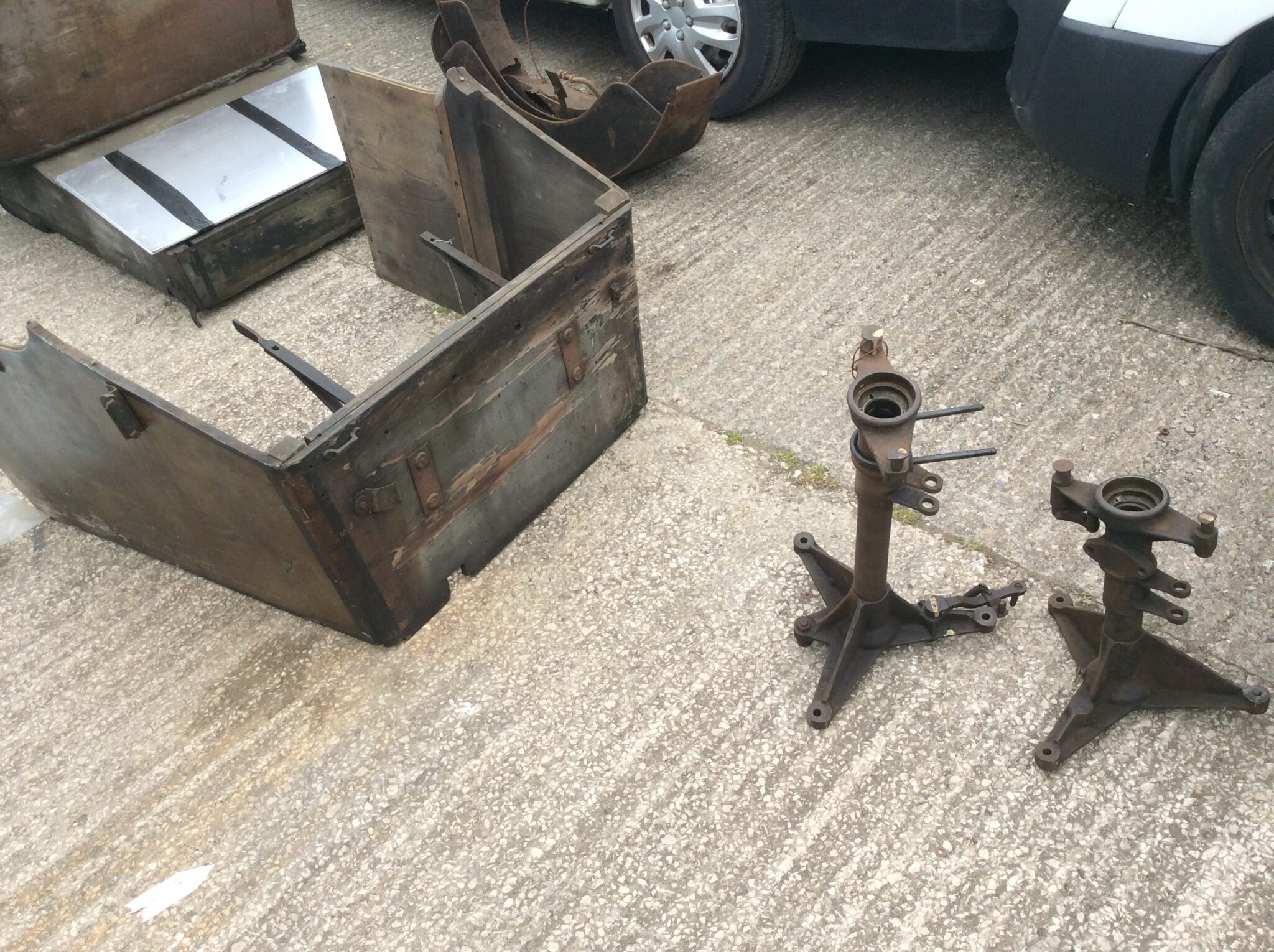
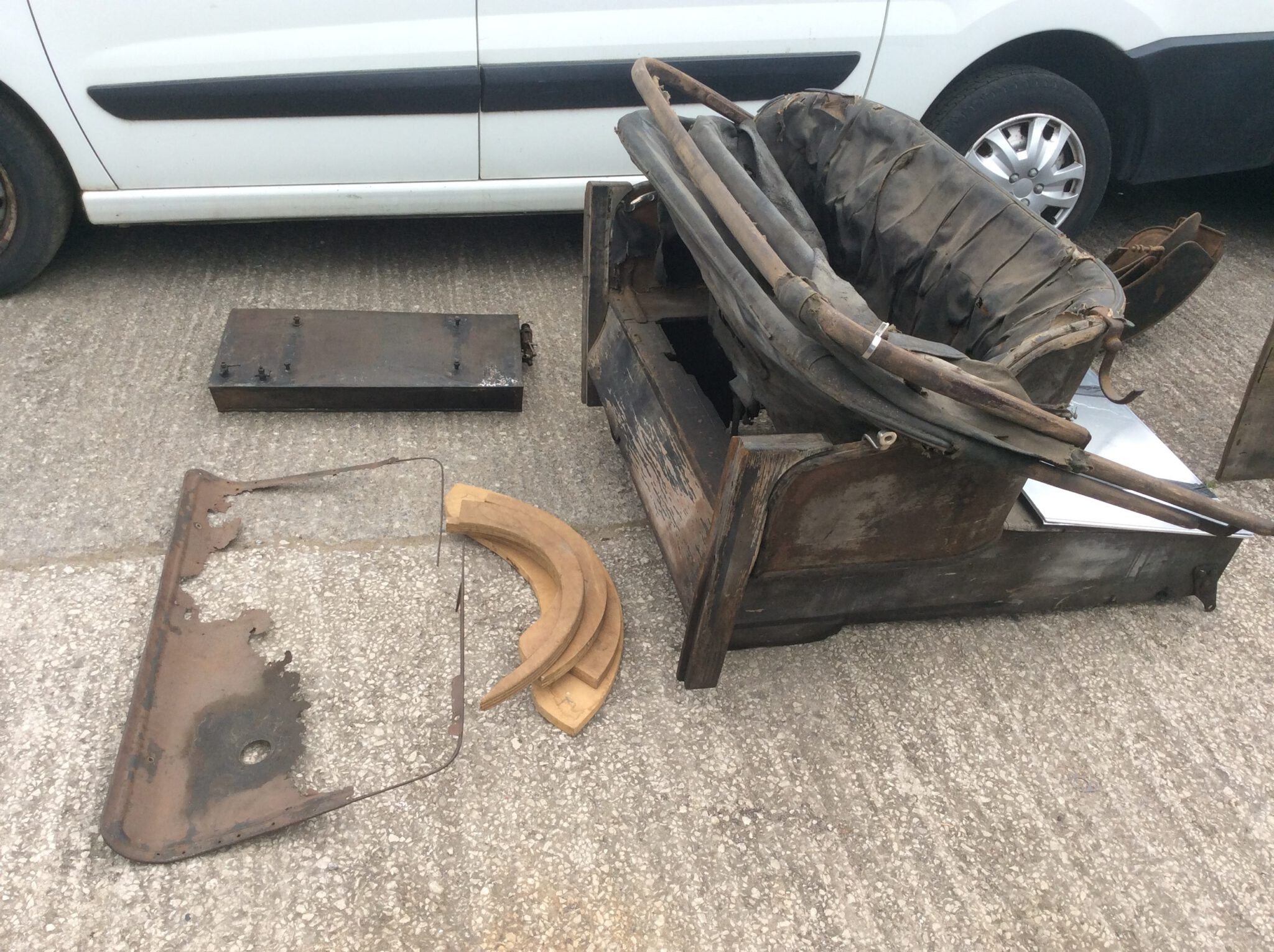
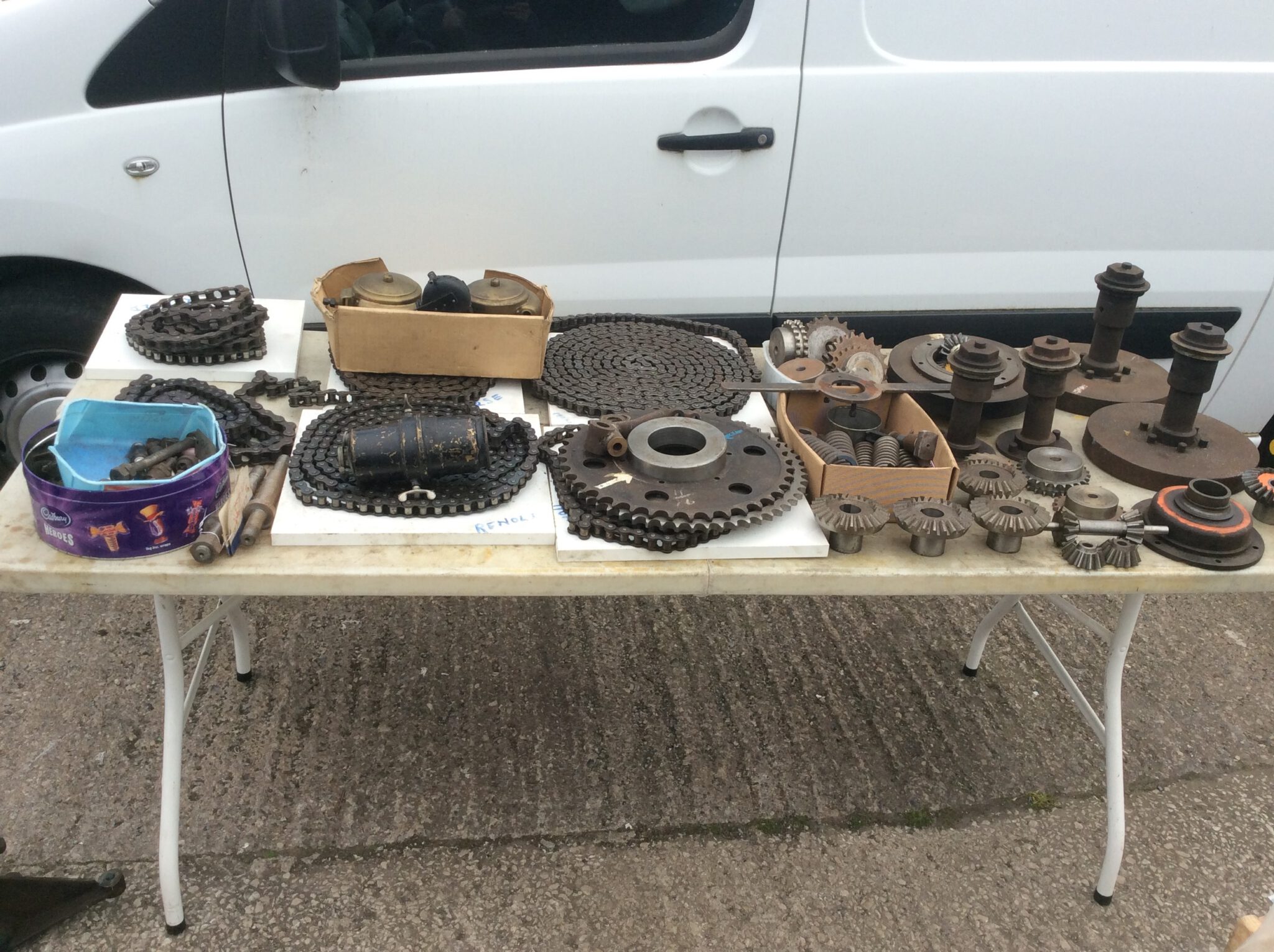
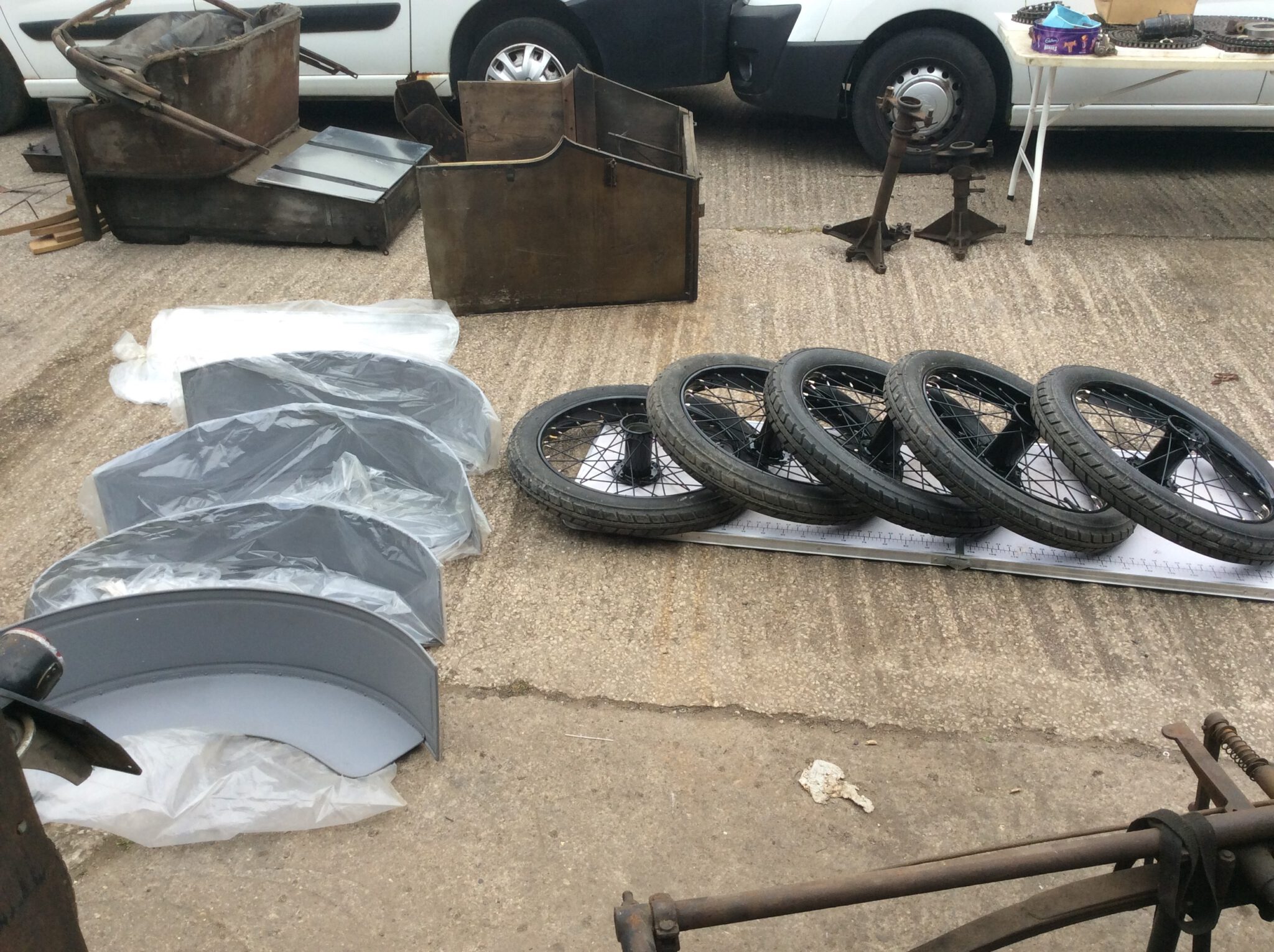
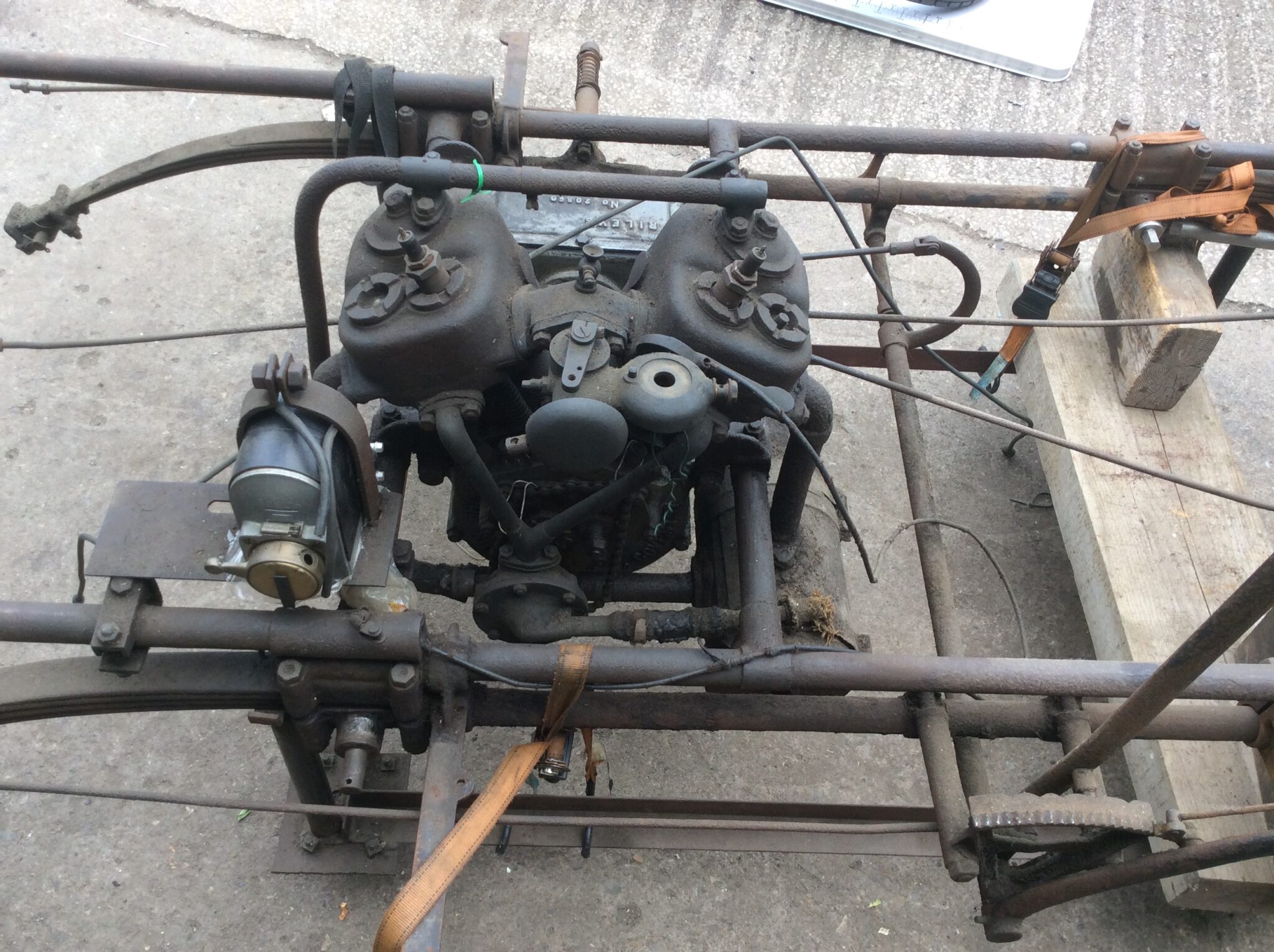
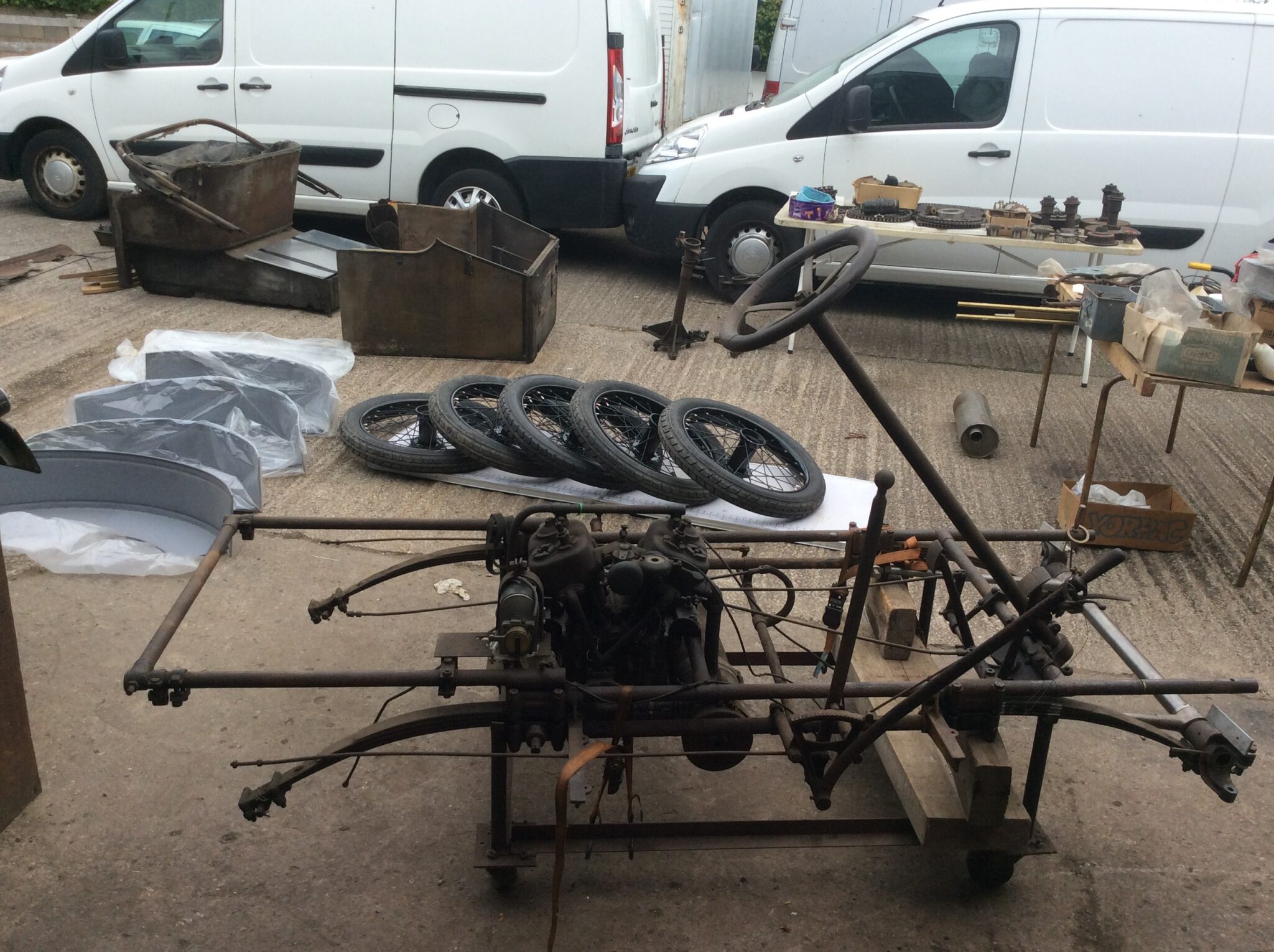
Data/Stats: Showing how much was actually Riley design or patent. Duplex parallel tubular main frame with front and rear cross members using a single parallel tubular rear subframe, with tubular cross member at rear. This gave a 6′ 8″ Front Track: 4’1″ Rear Track : 4’1″Riley tangentially spoked wire wheels with forty spokes front and rear on beaded-edge rimmed tyres. Braking System: Foot brake to 8″ internal-expanding shoe brakes to rear wheels only, also hand-ratchet hand brake so quite an improvement from the block brake of the tricar. Gearbox: Riley patent 3-Speed constant mesh 1st – 3.33:1, 2nd – 1.5:1, 3rd – 1:1 using a right hand sliding gear leaver to select the gate using the Riley leather-faced cone clutch. Final Drive: was chain driven from transverse engine with the gearbox quoted as 3.55:1, but with 50:14 chain wheel and sprocket, actual ratio is 3.57:1. Still showing the development from motorbikes and semi transitional. Engine: was a Riley 9hp water-cooled “V”-twin producing the hp rating: 9.00 The tax horsepower rating was computed not from actual engine power but by a mathematical formula based on cylinder dimensions. At the beginning of the twentieth century, tax power was reasonably close to real power; as the internal combustion engine developed, real power became larger than nominal taxable power by a factor of ten or more. The system introduced a somewhat progressive way of taxing higher value cars more than low-cost ones but was also introduced to protect the domestic British motor industry from foreign imports, especially the Ford Model T. Fuel: 5 gallon gravity feed, dash-mounted under metal tonneau. Cost: 160 Guineas (£168) Optional Extras: Riley Detachable Wire Wheels which became standard specification from 1907 @12.10s. Spare wheel & tyre @ 7 Guineas (£7.35) Pair of headlights: 9 Guineas @£9.45. Electric tail-light set: @ £2.25 so the standard car was fine if you drove only in daylight and on the flat and we moan re modern ‘optional extras’?
